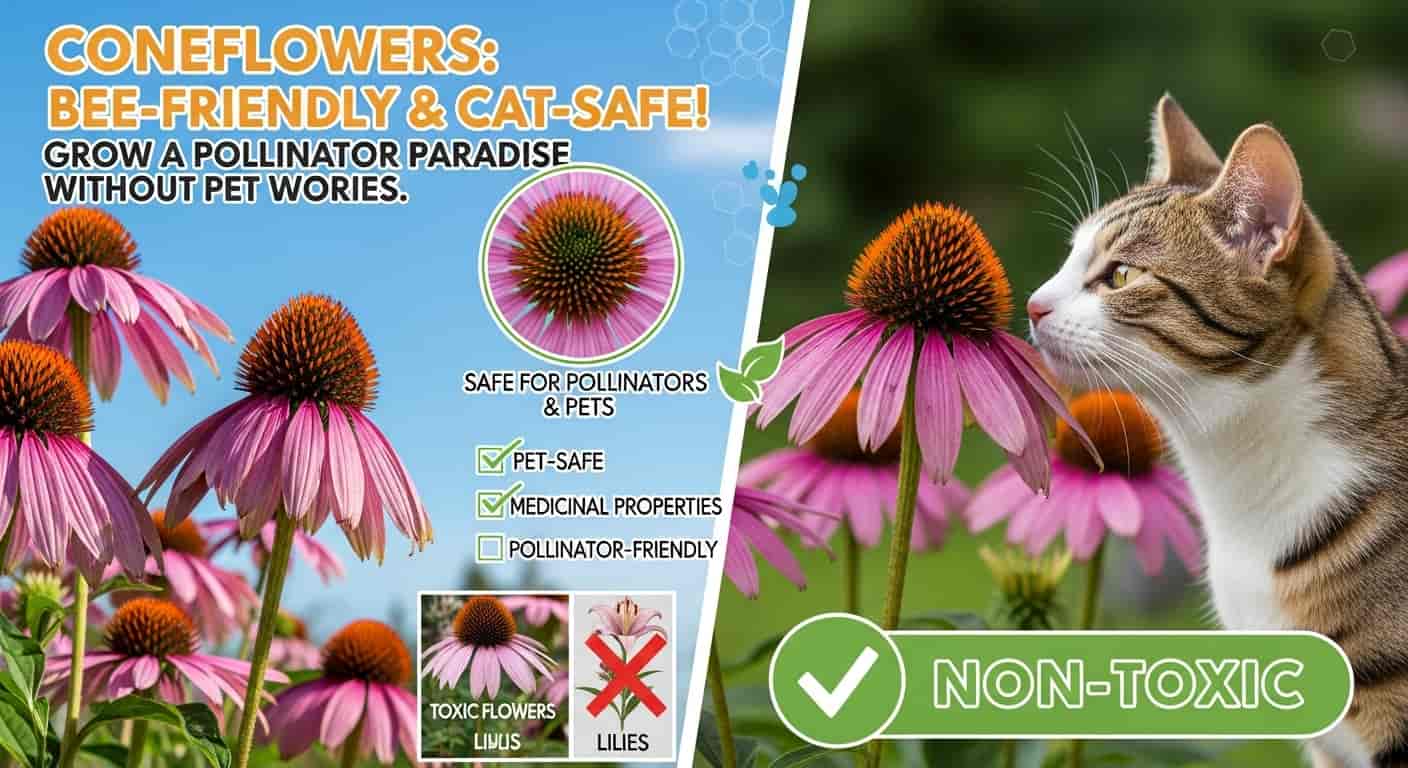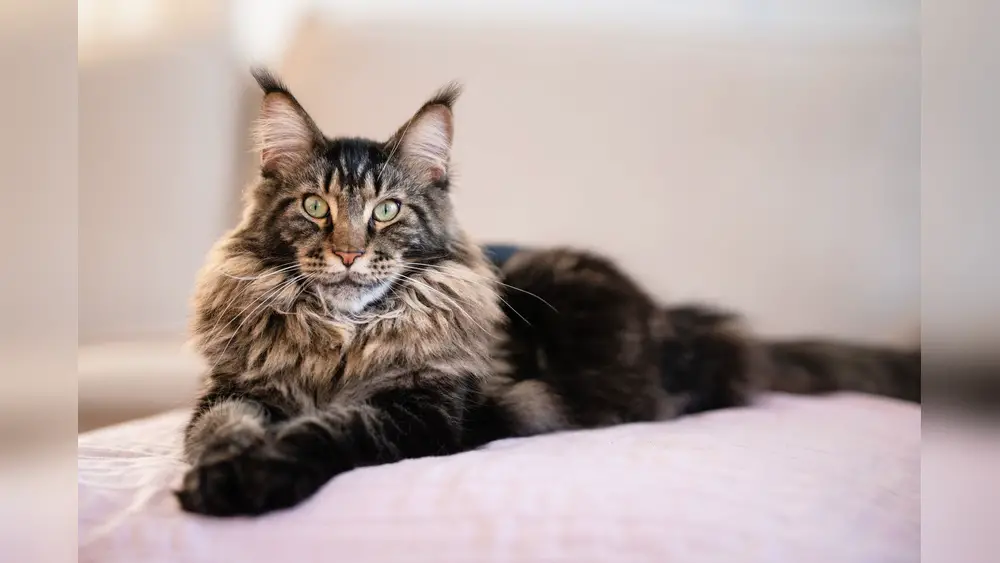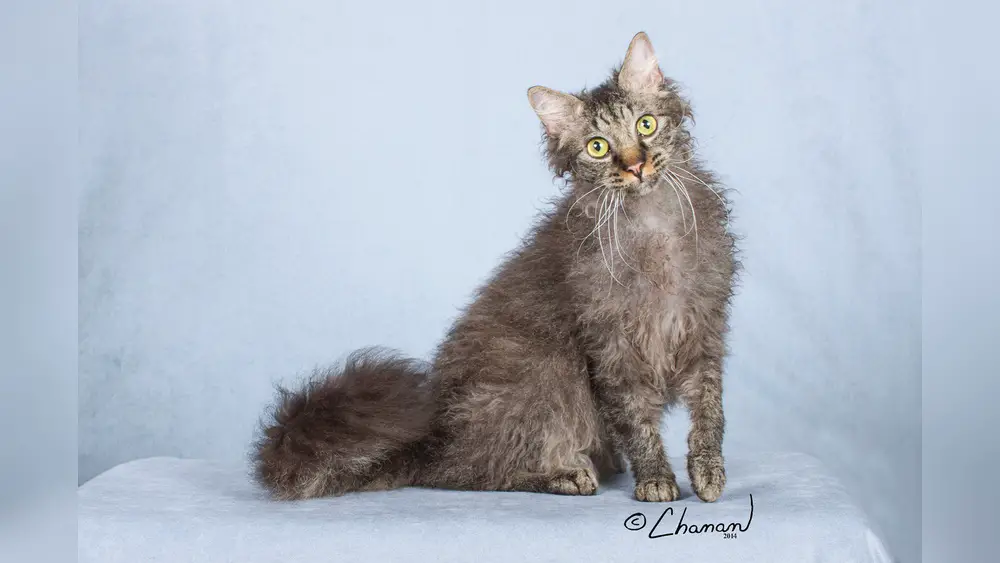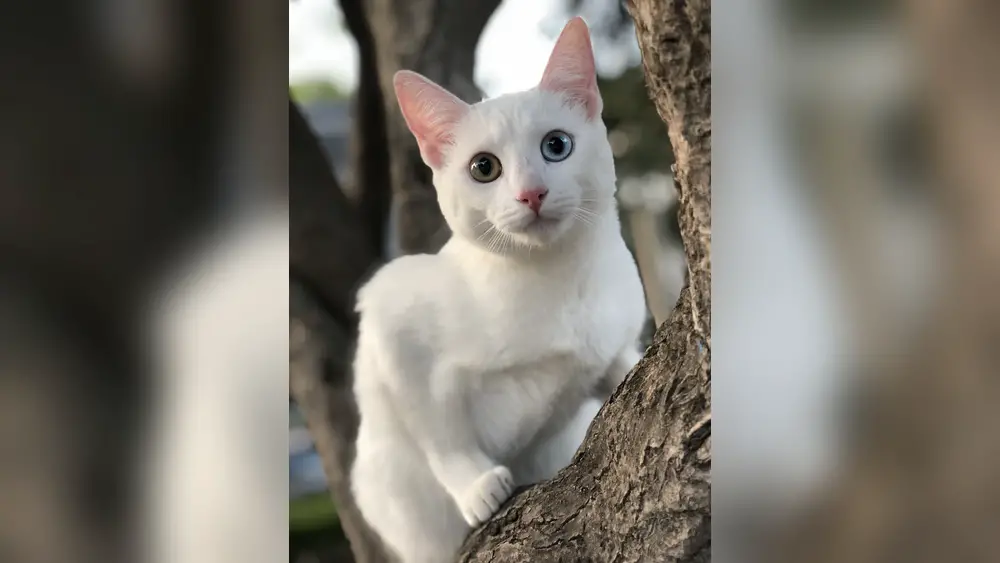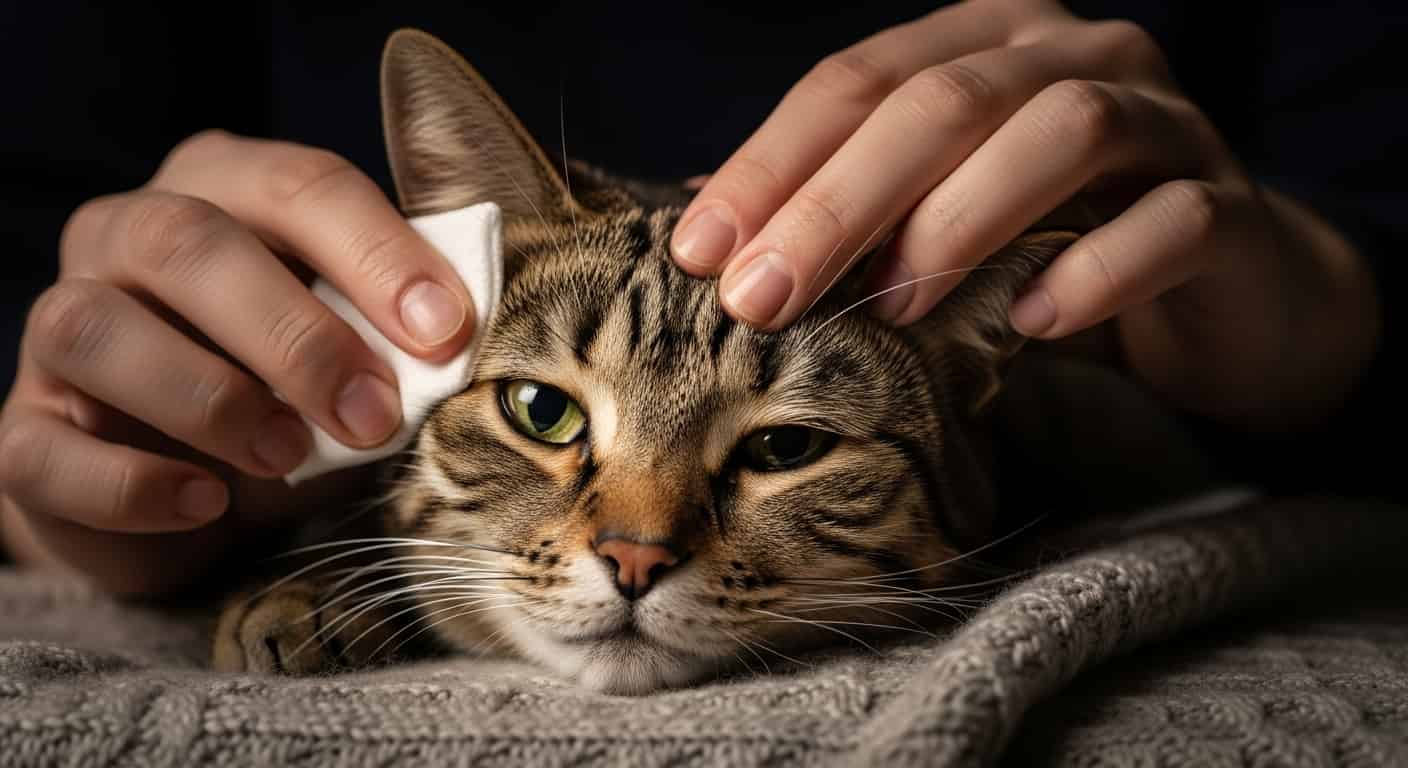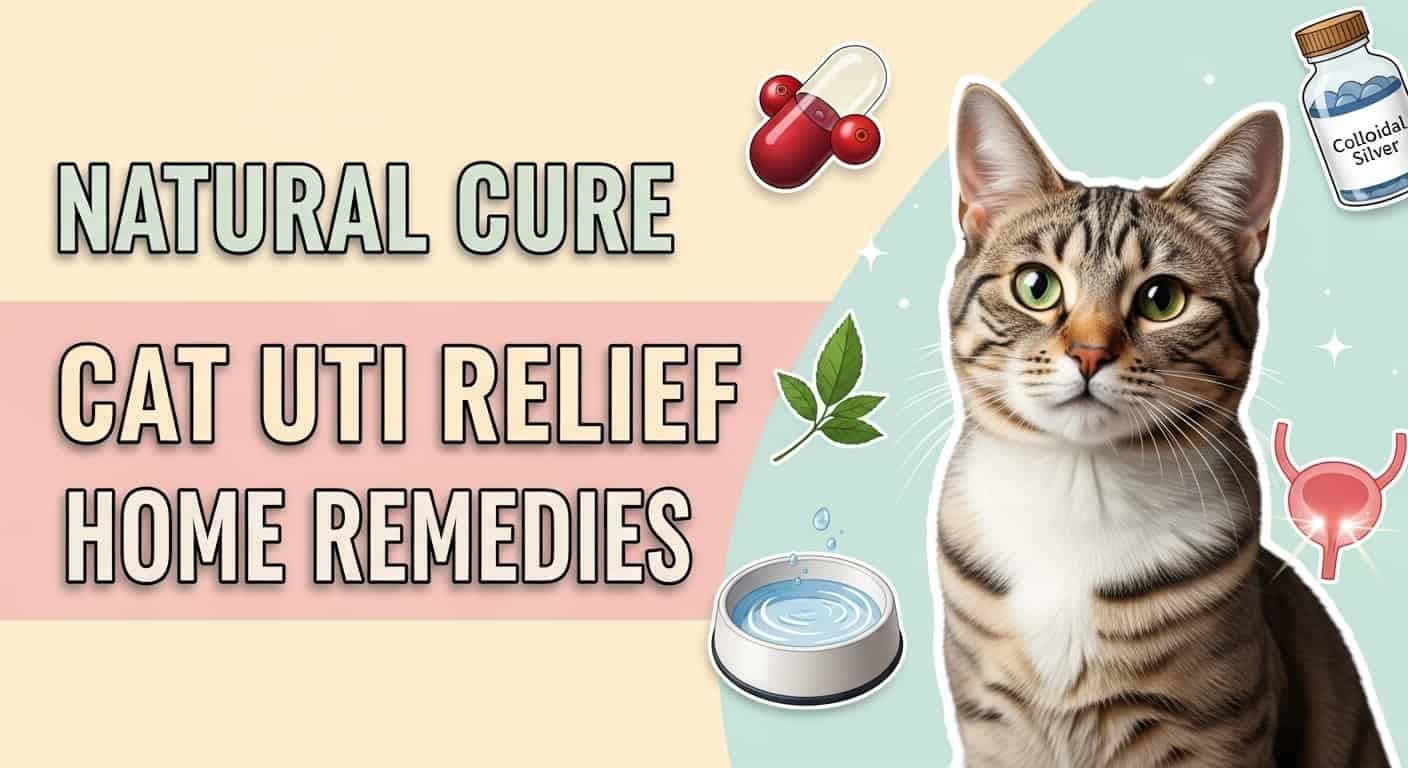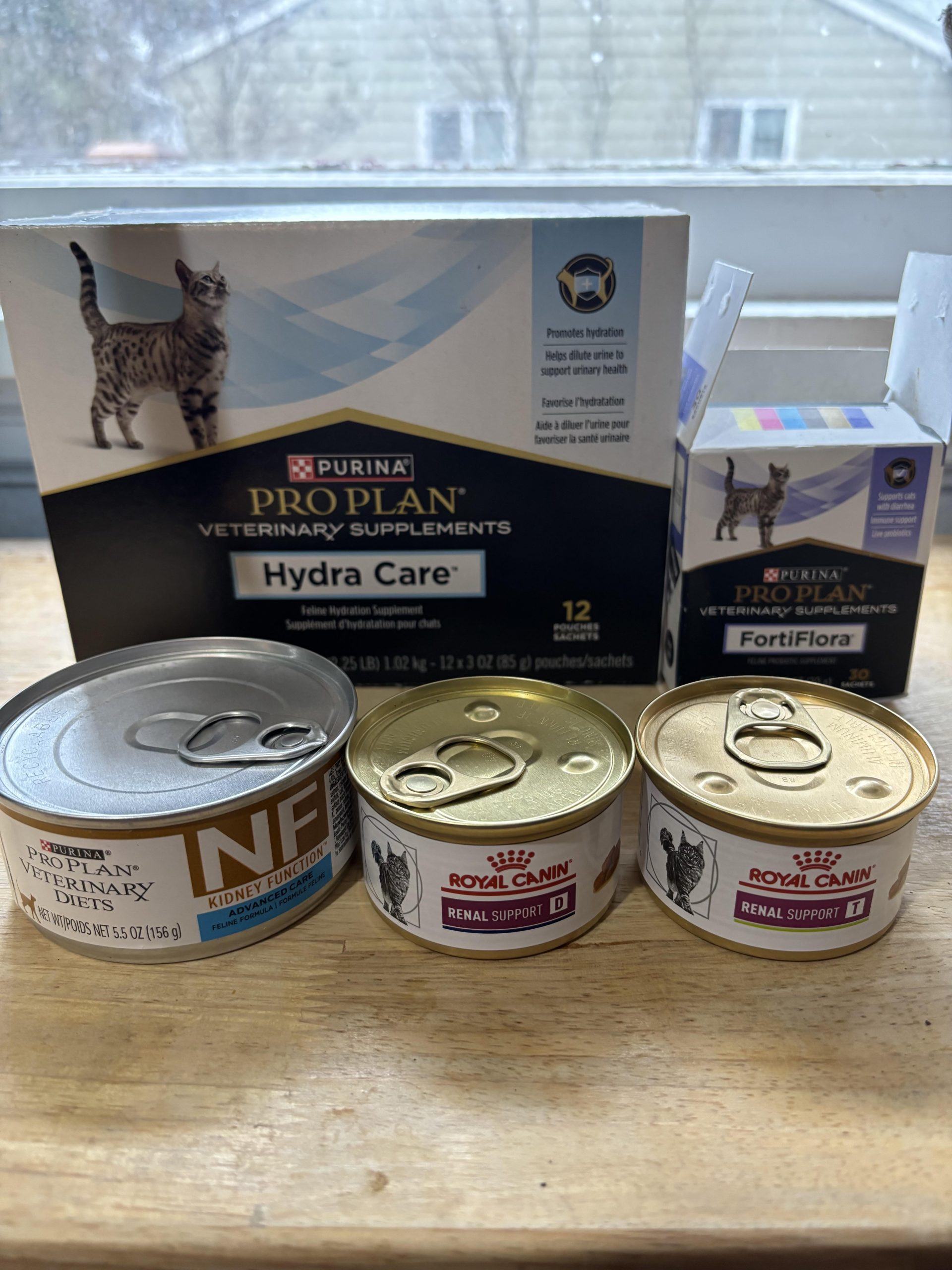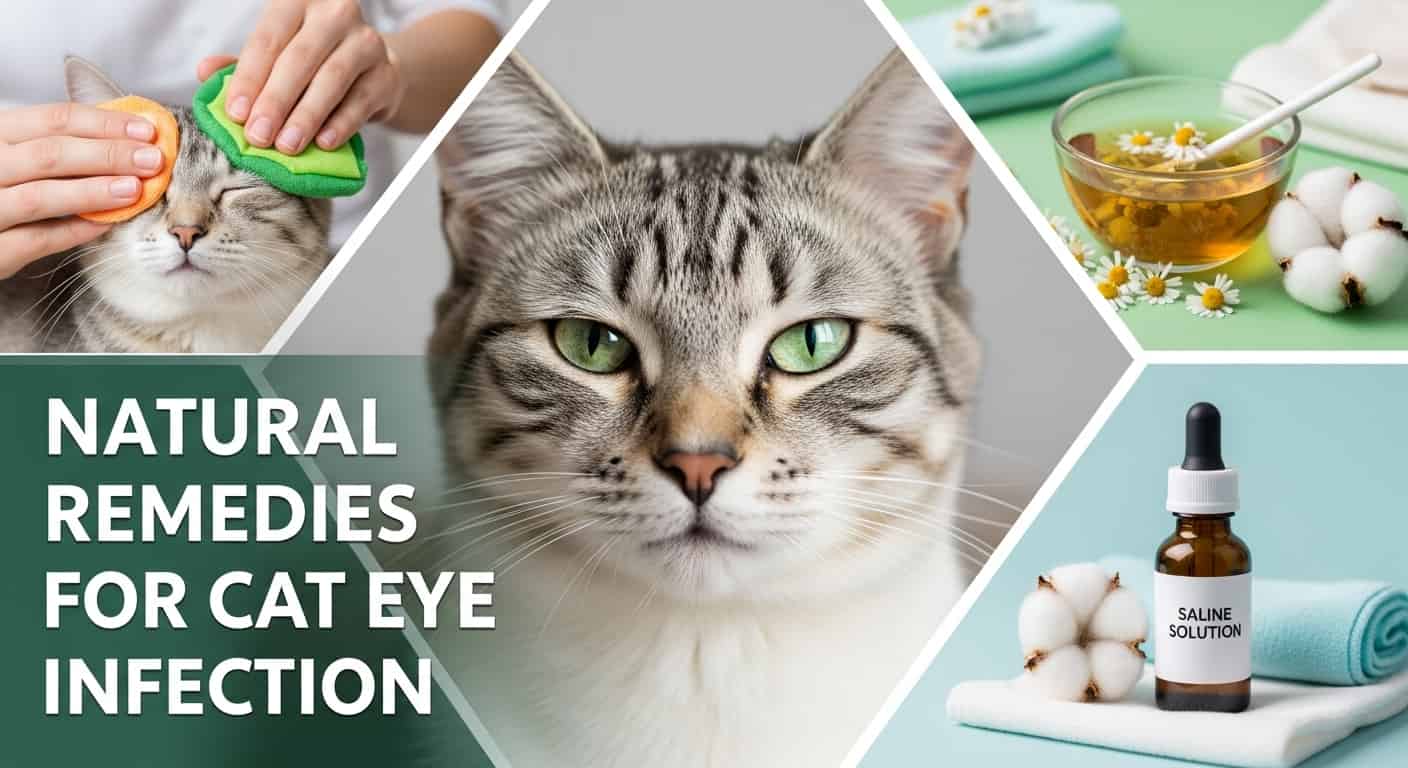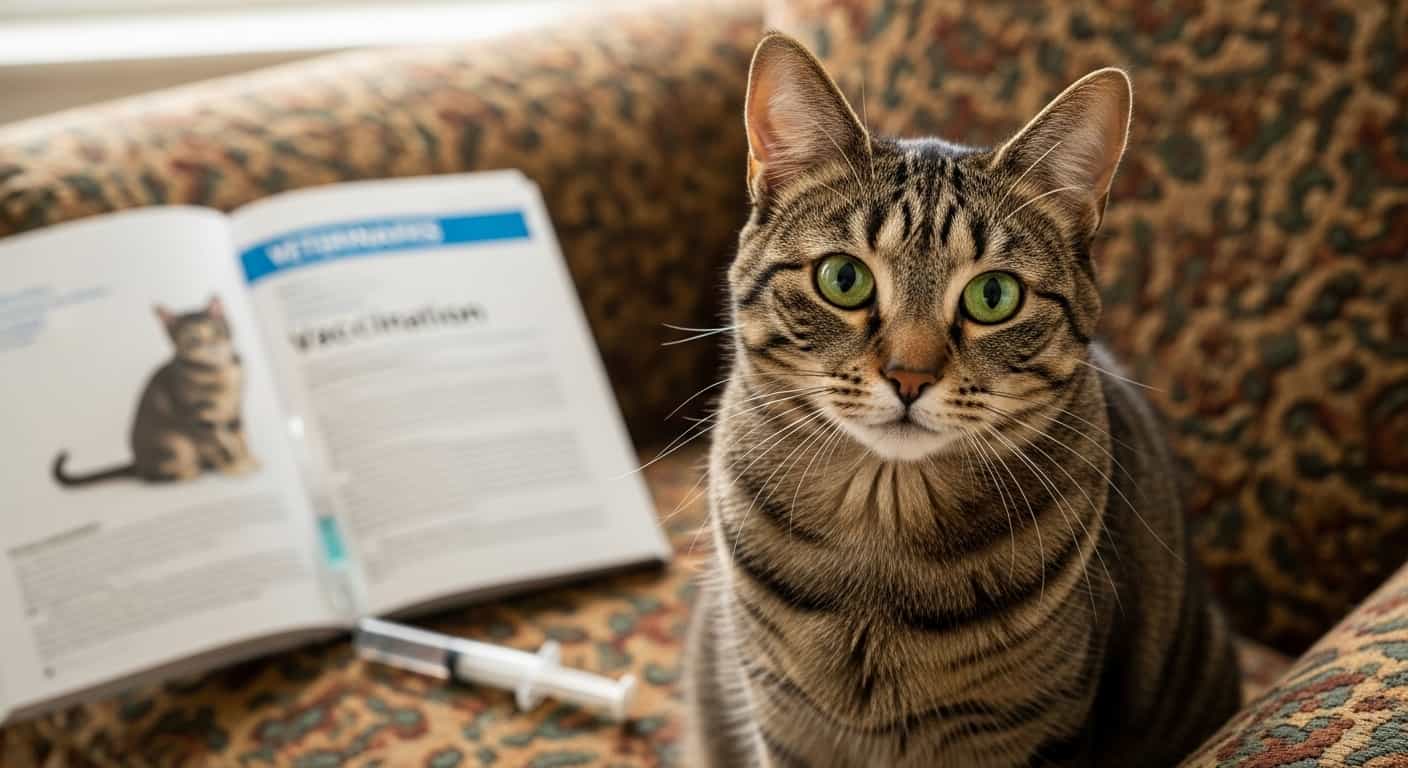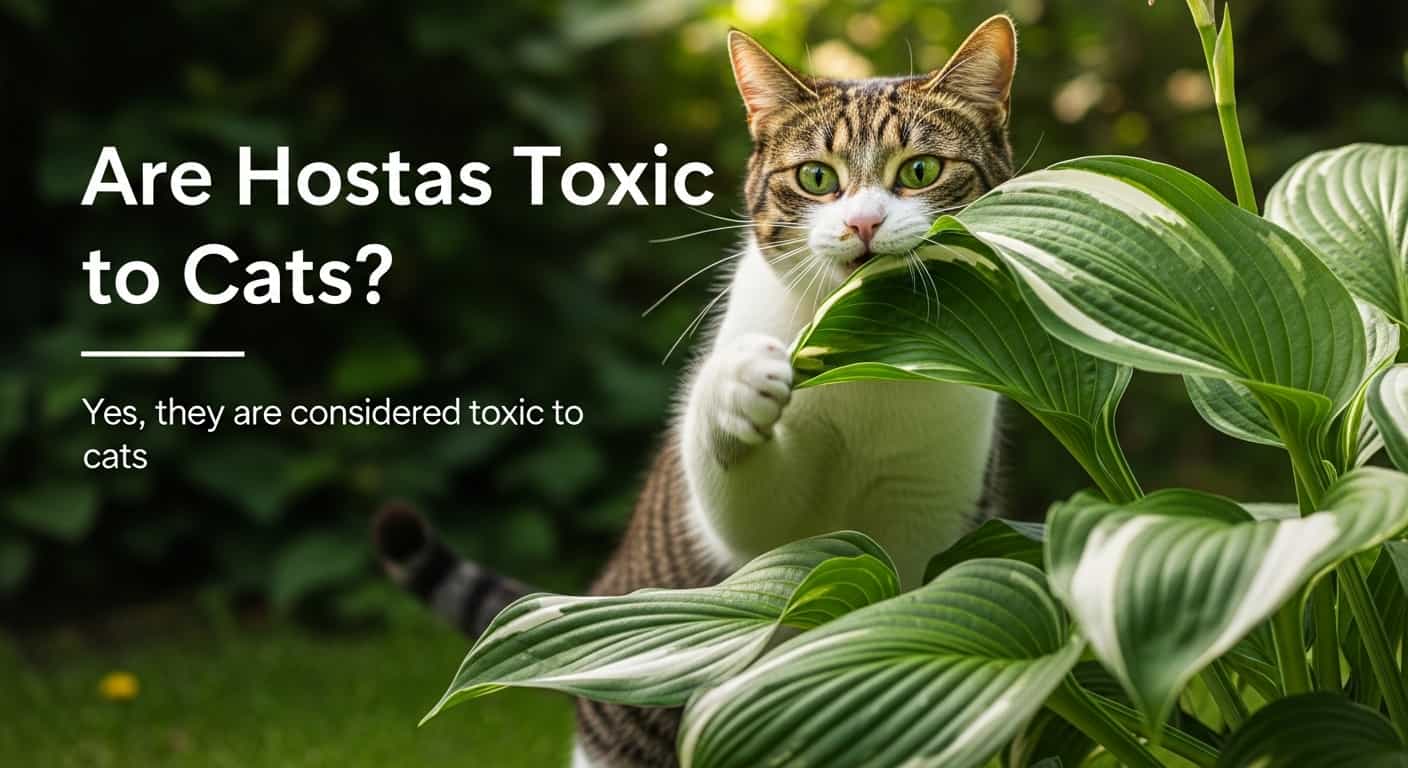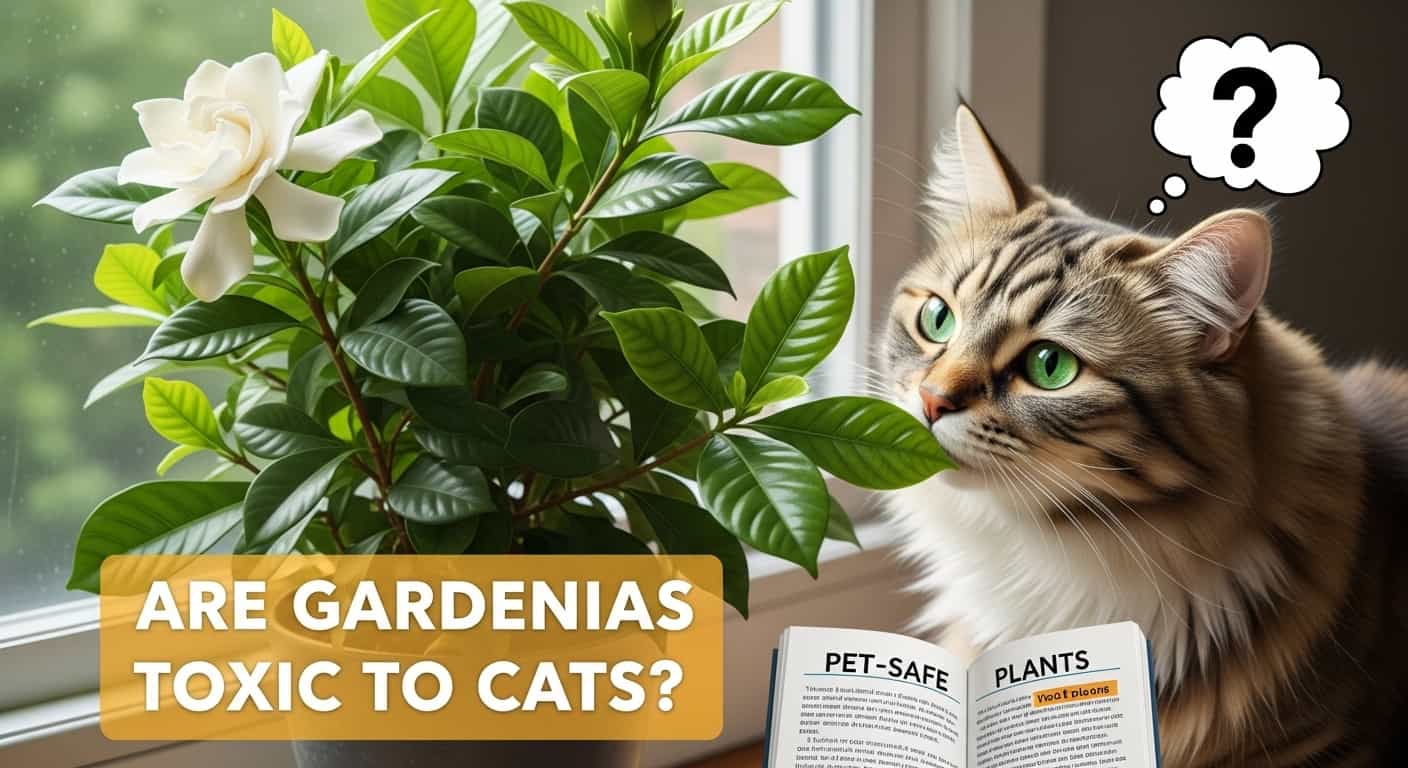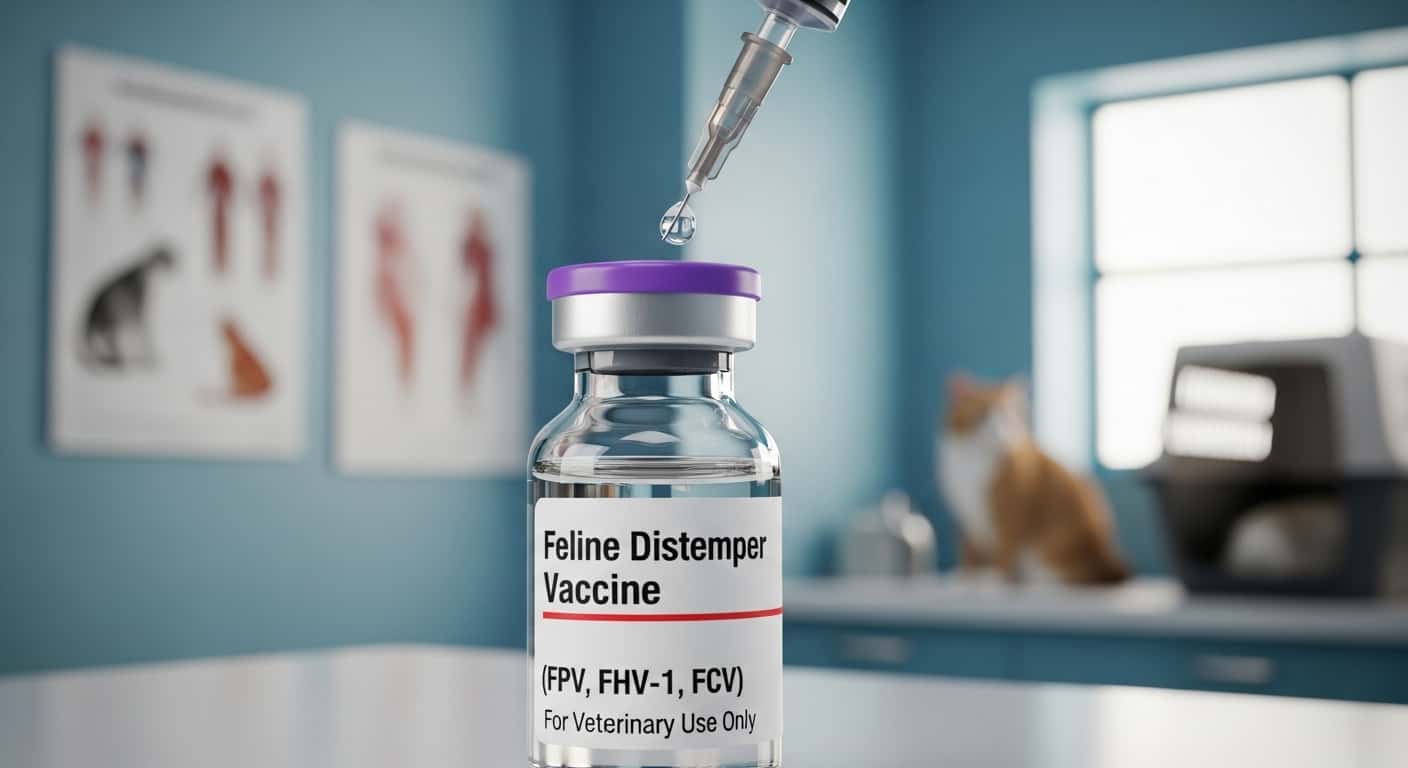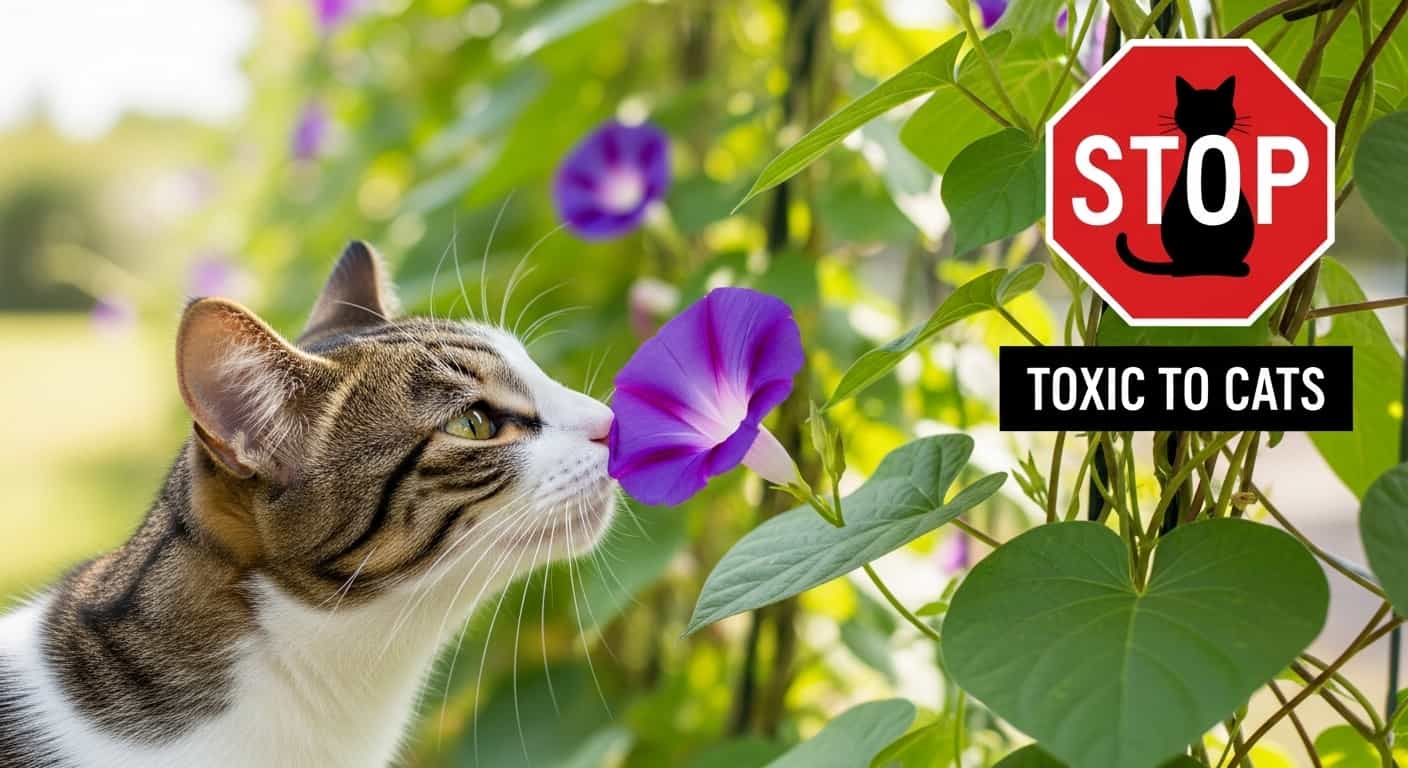Have you ever wondered if your garden’s vibrant coneflowers pose a threat to your curious feline friend? As a cat owner, you know that your pet’s safety is a top priority.
Table of Contents
ToggleYour garden might be a haven of beauty, but could it also be hiding potential dangers? You want to ensure that every plant in your outdoor space is safe for your beloved cat. This article unravels the mystery surrounding coneflowers and their effects on cats.
Are these colorful blooms harmless companions or hidden hazards? Keep reading to discover the truth and take the guesswork out of your gardening choices. Your peace of mind—and your cat’s health—depend on it.
Coneflowers And Cats
Coneflowers, with their vibrant hues and robust petals, are a popular choice for gardeners. But if you are a cat owner, you might be concerned about how these plants affect your furry friend. Understanding the relationship between coneflowers and cats is essential for creating a safe garden environment.
Are Coneflowers Safe For Cats?
The good news is that coneflowers, also known as Echinacea, are generally not toxic to cats. This can be a relief for those who adore both their feline companions and their garden blooms. However, as with any plant, moderation is key, and you should still monitor your cat’s interaction with them.
Possible Reactions In Cats
While coneflowers are not toxic, cats might occasionally have mild reactions. These could include slight digestive upset if a cat ingests large quantities. If you notice your cat nibbling on the plants, consider providing them with cat-safe grass alternatives to satisfy their curiosity.
Creating A Cat-friendly Garden
To create a safe haven for your cat, consider planting a variety of non-toxic plants alongside coneflowers. Herbs like catnip and mint can be both attractive and safe. Ensure your garden offers shaded spots and places for your cat to explore safely.
Observing Your Cat’s Behavior
Pay attention to your cat’s behavior around plants. Do they seem more interested in certain types? If they show persistent interest in coneflowers, gently redirect them with toys or catnip. This helps prevent any potential overindulgence in plants.
Here's a related post that you might find useful. Are Nasturtiums Toxic to Cats: Unveiling the Truth
What If Your Cat Shows Symptoms?
If you notice any unusual symptoms like vomiting or lethargy after your cat interacts with plants, consult your vet. Quick action can ensure your pet remains healthy and safe. Always keep emergency vet contact information accessible.
Are you confident in your garden choices now, knowing about coneflowers and cats? Creating a harmonious space for both your plants and pets is entirely possible with a little awareness and care.

Credit: ferrymorse.com
Identifying Coneflowers
Coneflowers, known for their vibrant blooms, are safe around cats. They are not toxic, ensuring peace of mind for pet owners. These striking flowers can be a colorful addition to gardens without posing any danger to feline friends.
Identifying Coneflowers Have you ever wandered through a garden, captivated by the colorful blooms and wondered if they’re safe for your furry friends? Coneflowers are a popular choice for gardeners. But before you get them, it’s important to identify these plants correctly. Knowing the types and characteristics of coneflowers can help ensure your garden remains a safe haven for your cats.Types Of Coneflowers
Coneflowers come in several varieties, each with unique features. The most common type is the purple coneflower, known for its striking, daisy-like purple petals and prominent cone-shaped center. Other varieties include the yellow coneflower and the pale purple coneflower. Each offers a distinct color palette, adding vibrancy to your garden. Can you spot these varieties in your local nursery?Common Characteristics
Despite the differences in color, coneflowers share some common traits. They typically have a tall, sturdy stem with a large central cone surrounded by petals. Their petals can be either drooping or upright, adding to their distinctive appearance. These plants thrive in sunlight and can reach heights of up to four feet. Have you considered how their height might impact your garden’s layout? By understanding these characteristics, you can easily identify coneflowers and make informed decisions about your garden’s safety for your feline friends. Is your garden ready for a splash of coneflower color, or do you have more homework to do?Here's a related post that you might find useful. Are Lotus Flowers Toxic to Cats? Water Garden Safety Guide
Toxicity Concerns
Coneflowers are popular in gardens for their vibrant colors. Many cat owners worry about their potential toxicity to cats. Understanding these concerns is crucial for a safe environment.
Potential Risks
Coneflowers contain compounds that might be harmful to cats. These compounds can affect the digestive system. Cats may experience discomfort after contact or ingestion.
Garden lovers should be aware of these risks. Keeping cats away from coneflowers can prevent potential issues. Consider safer plant alternatives if you have pets.
Symptoms Of Toxicity
Watch for signs of toxicity in your cat. Vomiting is a common symptom. Diarrhea might also occur. Reduced appetite can indicate an issue. Cats may become lethargic.
Immediate veterinary attention is crucial. Early treatment can prevent further complications. Monitor your cat’s behavior closely. Safety is paramount for your furry friends.

Credit: www.picturethisai.com
Safety Measures
Coneflowers are admired for their vibrant blooms and low maintenance. Yet, for cat owners, knowing the safety of these plants is crucial. Understanding the potential risks and implementing safety measures ensures your cat’s well-being. This section covers key safety tips and alternatives for pet owners.
Home Safety Tips
Keep coneflowers out of your cat’s reach. Place them on high shelves or hang them. Ensure your garden is cat-safe by creating barriers. Use fencing or netting to restrict access. Monitor your cat’s behavior in the garden closely. Remove any fallen petals or leaves promptly. Educate family members about the potential risks. Supervise interactions between your cat and plants regularly.
Alternatives For Pet Owners
Consider cat-friendly plants like catnip or wheatgrass. These provide safe options for curious cats. Opt for indoor plants such as spider plants. They add greenery without posing risks. Explore artificial plants for decoration. They offer peace of mind and safety. Choose plants like bamboo palm or areca palm. These are non-toxic and pet-friendly. Prioritize your cat’s health with mindful plant choices.
Veterinary Insights
Coneflowers, known for their vibrant blooms, often grace gardens. Many pet owners wonder if these beautiful flowers pose any risk to cats. Understanding veterinary insights can offer peace of mind and ensure the safety of our furry friends. Veterinary professionals provide crucial information on how these plants might affect feline health.
Expert Opinions
Veterinarians often emphasize that coneflowers are generally safe for cats. These flowers do not contain harmful toxins. However, each cat is unique. While most cats show no adverse reactions, some might experience mild stomach upset. Experts suggest monitoring your cat’s behavior after exposure. If your cat shows signs of discomfort, it may be worth discussing with a vet.
When To Contact A Vet
Contact a vet if your cat exhibits unusual behavior. Look for signs like vomiting or lethargy. Sudden changes might indicate a problem. A vet can provide specific advice tailored to your cat’s needs. They might suggest tests or treatments to ensure your pet’s health. Always prioritize your cat’s well-being when concerns arise.
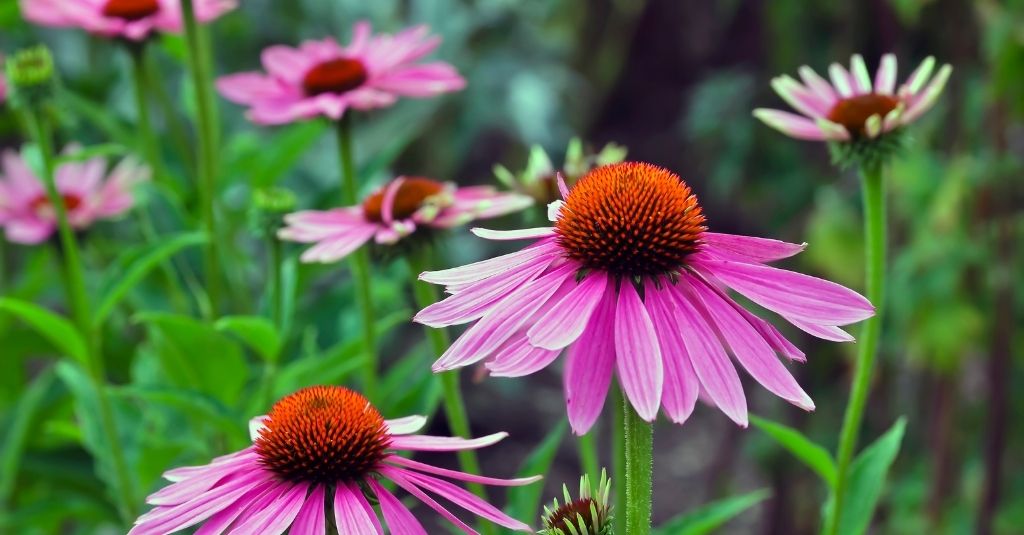
Credit: nhvpethealth.com
Creating A Safe Environment
Cats often explore and chew on plants, raising concerns for pet owners. Coneflowers, also known as Echinacea, are non-toxic to cats. Ensuring your home garden is safe for curious felines can prevent unwanted health issues.
Creating a safe environment for your feline friends requires careful planning, especially when it comes to plants like coneflowers. Cats are naturally curious creatures and love to explore, which can sometimes lead them to nibble on things that might not be safe. While coneflowers are generally not toxic to cats, ensuring a safe space for them involves more than just knowing which plants are harmful. It involves mindful planning and selection both indoors and outdoors.Garden Planning
When designing your garden, think about your cat’s habits. Do they love to roam and inspect every nook and cranny? Consider fencing certain areas to limit their access to plants that might not be safe. Instead, focus on cat-friendly plants like catnip or oat grass. These not only keep your garden looking lush but also offer safe alternatives for your pets to enjoy. Monitor the garden regularly for any new, unwanted plants that might sprout. You never know what seeds might blow in from neighboring gardens.Indoor Plant Selection
Indoor plants add beauty to your home, but some can be harmful to cats. Before bringing a new plant inside, research its safety. Opt for safe, non-toxic plants like spider plants or bamboo palms. These are not only safe but also improve indoor air quality. Place plants in spots that are less accessible to your curious cat, such as higher shelves or hanging planters. This reduces the chance of your pet having a nibble. Creating a safe environment is about thoughtful choices. Are there ways to make your space more cat-friendly?Frequently Asked Questions
Are Coneflowers Safe For Cats To Eat?
Coneflowers are generally considered non-toxic to cats. While they are not harmful, it is always best to prevent cats from ingesting them. Eating any plant can cause mild digestive upset in cats. Consult your veterinarian if your cat shows signs of discomfort after eating coneflowers.
What Happens If My Cat Eats Coneflowers?
If your cat eats coneflowers, it may experience mild stomach upset. Symptoms can include vomiting or diarrhea. Usually, these symptoms are not severe. However, if they persist or your cat seems unwell, consult a veterinarian promptly for advice and possible treatment.
Can Coneflowers Cause Allergies In Cats?
Coneflowers can cause mild allergic reactions in some cats. Symptoms may include sneezing, itching, or skin irritation. If you notice these signs, try to keep your cat away from the plant. Contact your veterinarian for advice if the symptoms worsen or do not resolve quickly.
How To Keep Cats Away From Coneflowers?
To keep cats away from coneflowers, consider using deterrents like citrus peels or commercial pet repellents. Providing alternative cat-friendly plants, like catnip or cat grass, can also help. These measures can prevent your cat from nibbling on your garden plants.
Conclusion
Coneflowers bring beauty to gardens. But be cautious with cats around them. While coneflowers are generally safe, some cats might have sensitivities. Watch for signs like drooling or vomiting. If symptoms appear, consult your vet promptly. Safe gardening practices protect both pets and plants.
Keep an eye on your furry friends when outdoors. Understanding plant safety ensures a happy home and healthy pets. Enjoy your garden, but stay informed about potential risks. Always prioritize your cat’s well-being. This knowledge helps create a safe environment for your beloved feline.
Happy gardening and safe pet care!

